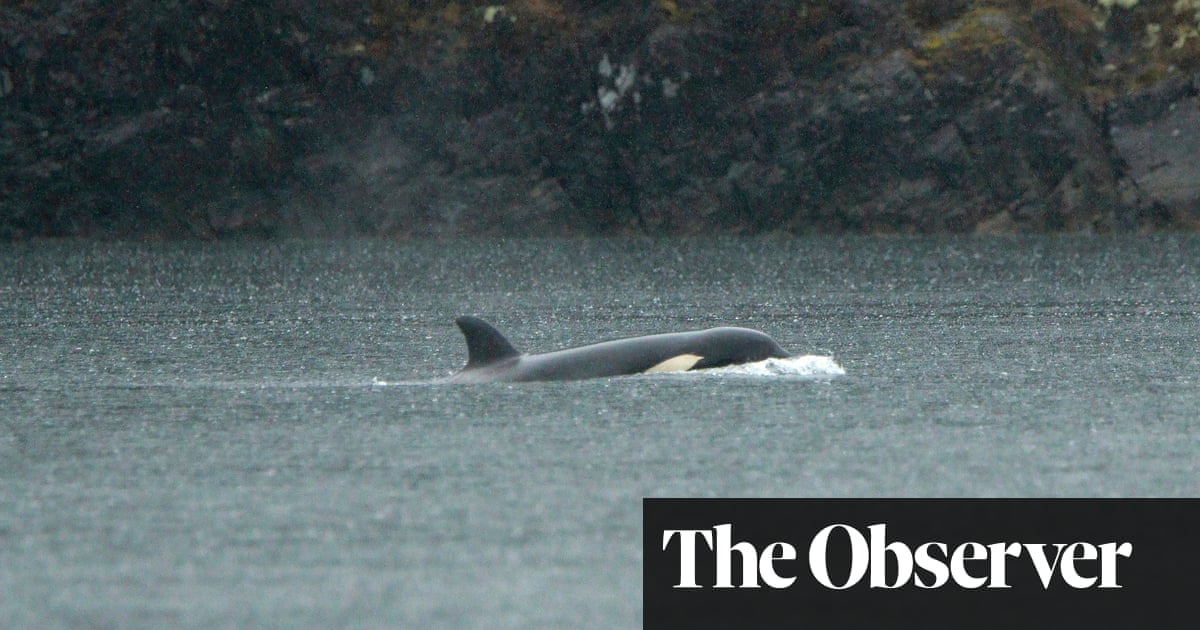
What started with the undeniable festive charm of All I Want For Christmas has morphed into Mariah Carey becoming a central part of the festive season. At this rate, in a couple of years, Father Christmas will have handed her full control of his sleigh; it is so fabulously, utterly Mariah of her to make Christmas all about her on a semi-global scale. This year’s celebrations include teaming up with a fast-food chain in the US to promote a sort of advent calendar of free snacks. “All I want for Christmas is ...” she says, camping it up in the ad, “for you to try the Mariah menu.” And goodwill to all men!
Meanwhile, in other celebrity-corporate news, an international coffee chain has stoked rumours it has teamed up with Taylor Swift, after several tweets that quoted her lyrics and pledged allegiance to the new version of her old album Red. Over on Instagram, Jennifer Aniston took a break from starring in my favourite TV hot mess The Morning Show to post a clip of herself putting collagen powder in her coffee, only to have her followers point out that her nails had changed colour between pouring it and drinking it: an “influencer fail”, they said.
Whenever I see a really famous person, I always wonder why they’re doing tie-ins or campaigns or promotions like this (though maybe Aniston just loves collagen coffee). Surely they don’t need the money or exposure? I think about Bill Murray’s character in Lost in Translation, sheepishly going to Japan to make whisky adverts. I don’t remember megastar celebrities ever doing ads with such gusto or frequency, apart from the odd pop star/Pepsi tie-in and George Clooney’s enthusiasm for coffee pods.
But social media has shifted perceptions here, as everywhere. It seems less about money than it is about status, though the money is not inconsiderable. In 2020, Kim Kardashian, who has promoted appetite suppressant lollipops and electric toothbrushes, among other products, said she could make more from one socials post than from an entire season of her reality show. “I don’t follow a lot of people and I have unfollowed people who have promoted too much,” she also said, in 2015, though that world that might as well be decades ago. In 2018, an Atlantic reported on influencers faking sponsored content to give them more prestige. Far from putting followers off, ads and tie-ins are mutually, gruesomely beneficial, a marker of what looks like “success”.
Paul Rudd shows why funny is sexy
The US celebrity mag People has released a Sexiest Man Alive! cover since 1985, beginning with then-youthful Mel Gibson, who was 29 when he was given the accolade, and remains its youngest recipient. This year’s sexiest man alive is 52-year-old Paul Rudd, Marvel star, Clueless star, Friends star and all-round funny guy who seems to have been the same age for 30 years. “I’m getting business cards made,” he told People. “But all of my friends will destroy me and I expect them to.” (Incidentally, what happens to the status of the previous incumbent once a newcomer takes the crown? Are they demoted to second-sexiest man alive and so on?)
As someone who grew up in that British 90s lad mag era, with the Phwoar! Top 100 Hottest Babes types everywhere, these covers are a quaint tradition, sort of sweetly sexless, despite Rudd flashing a provocative bicep. All the sexiest men since Gibson have been over 30 and many are funny and self-deprecating; the grunting beefcakes or preening vain boys do not appear to be welcome. There is no Sexiest Woman cover (there was one, Kate Upton, in 2014, but it didn’t stick). Instead, famous women appear on the cover of the Beautiful Issue, usually looking windswept and outdoorsy or holding children. The story is an old one: men are sexy when they’re older and funny; women are beautiful when they cradle babies. As objectification goes, these are gentle whispers of admiration and they barely dare to break into lust.
Stanley Tucci brings a magic touch to cocktails
In the US, cocktails should come with a warning. The nation’s free-pouring approach to mixing drinks has surprised this particular lightweight on more than one occasion and a memorable evening involving old fashioneds basically put me off cocktails for life. In the UK, measured carefully though they may be, cocktails are experiencing an explosion in popularity. Wetherspoons has reported a huge increase in cocktail sales during the past 15 weeks, up 45% on the same period last year. That might be because we were doing lockdown hokey-cokey at the time, but the chain also reported that sales of ales were down, which indicates a changing demographic: younger drinkers are going out, while older drinkers are still staying away.
That cocktails are now huge in Britain should not be news to anyone who has seen a night out in recent times; while the fruitiest drink I grew up with was a cider and black (or a lager and lime, for variety), today picture-perfect drinks that pack a punch dominate. Maybe that’s younger people, or maybe it’s Instagram, or maybe, just maybe, there’s a more obvious reason: Stanley Tucci, whose early-lockdown negroni lesson made cocktails great again.












